We recently took a look at two new 2.5GbE virtualization and firewall appliances. The first one was a 4-port 2.5GbE and 2-port 10GbE SFP+ system that we already reviewed. Now, we are taking a look at the 8-port 2.5GbE version of the system just to complete our review set.
New 8-port 2.5GbE Intel Core Firewall and Virtualization Appliance Overview
We did a video combining both versions that you can find here:
As always, we suggest watching in a tab, browser, or app for a better viewing experience.
For both of these units, we found they were using different versions of the same motherboard. The 8-port version used the Intel Core i5-10210U processor.
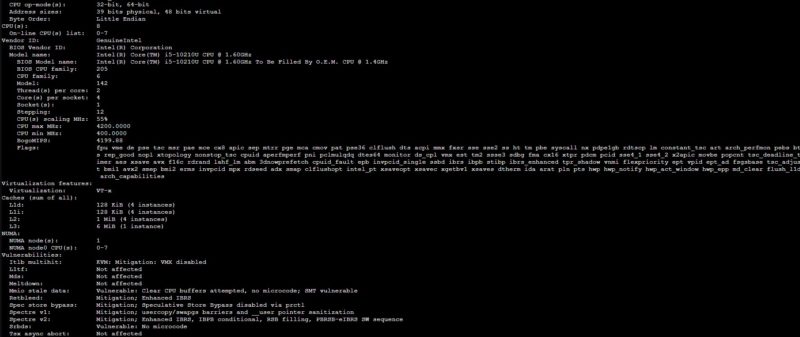
The 4-port 2.5GbE and 2-port SFP+ version had the Intel Core i7-10510U. We ultimately thought the Core i5 was the better buy in these systems, but there are both options available.
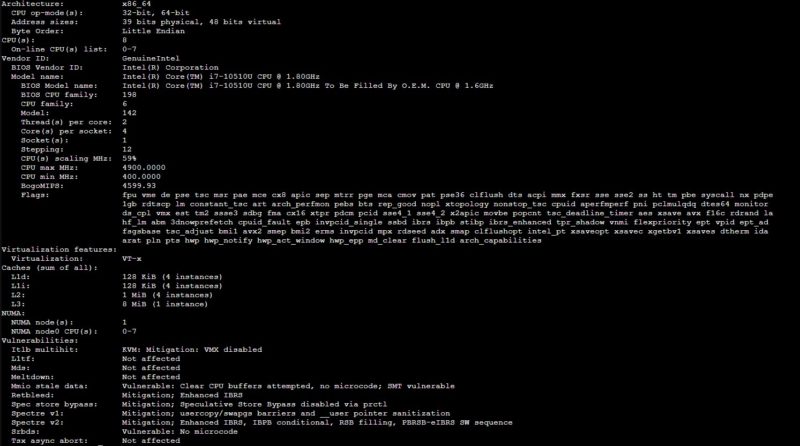
In our system, we have 16GB of DDR4 memory and a 256GB NVMe SSD. The pricing of the Topton unit was $470 at the time we ordered on AliExpress. Since then prices have moved a bit, and the same configuration can sometimes be found for less and a barebones for under $400 with discounts. We also found the units for sale under the “Moginsok” brand albeit at a higher price on Amazon.
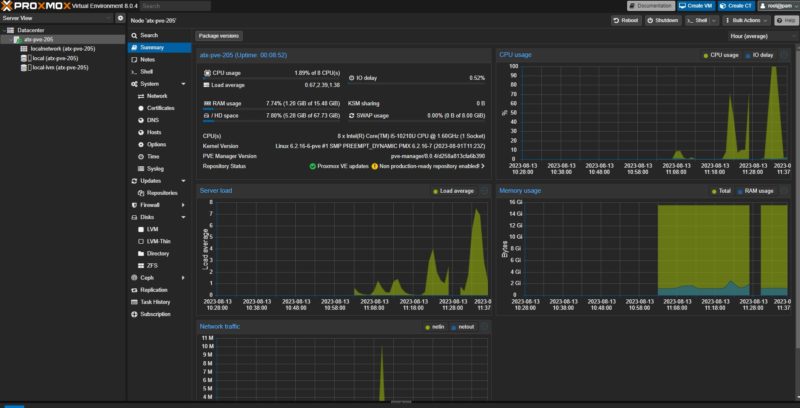
To be frank, this is a large premium for this version versus the 4-port or 6-port 2.5GbE fanless systems we have reviewed previously. Some folks, however, simply need two more ports. We ended up running mostly Proxmox VE 8 as a base OS on these. They came pre-installed with pfSense Plus, likely to be compatible with the Intel i226-V before the latest pfSense CE 2.7 release. We also ran OPNsense on the systems, but Proxmox VE as a base hypervisor felt like a better use of the hardware.
Next, let us get to the hardware.
8-Port Intel Core Firewall and Virtualization Appliance External Hardware Overview
Let us start with the most important side. There are eight 2.5GbE ports and that is the big feature of this unit.
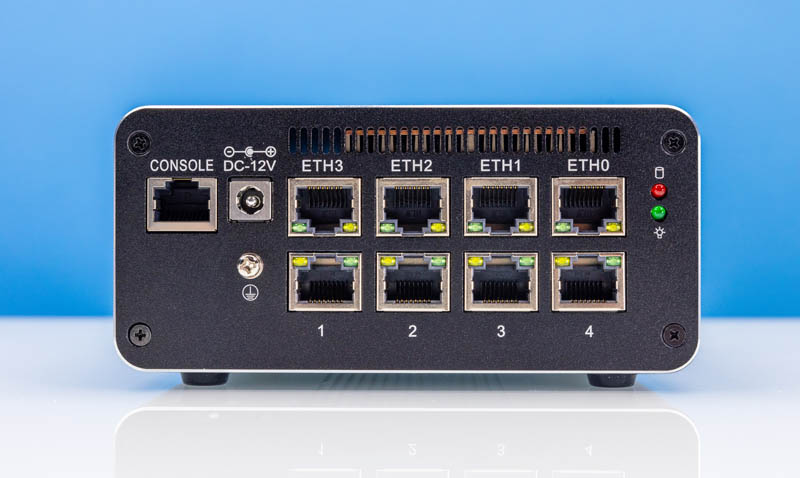
There is also a console port, a DC 12V input, and a grounding point.
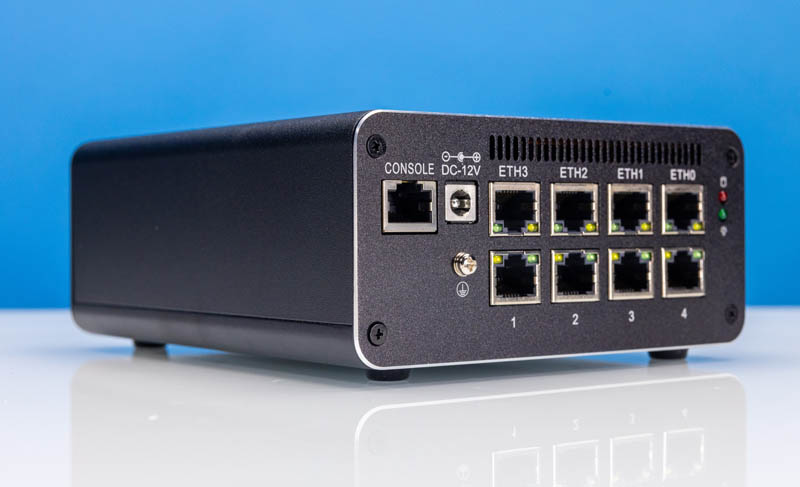
On the front of the unit, we get four USB 3 ports, a HDMI port, a DisplayPort, and an audio jack.
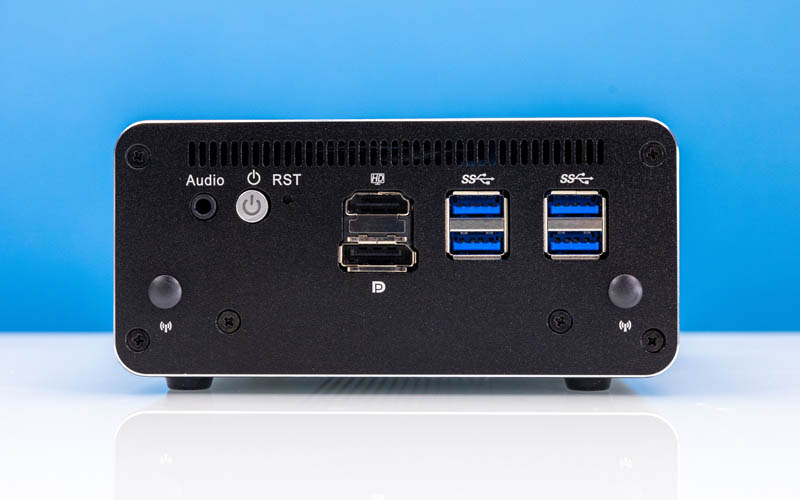
One key part of this system is that it is not a fanless unit. Instead, this is a metal chassis but one that has a fan, and probably should have another.
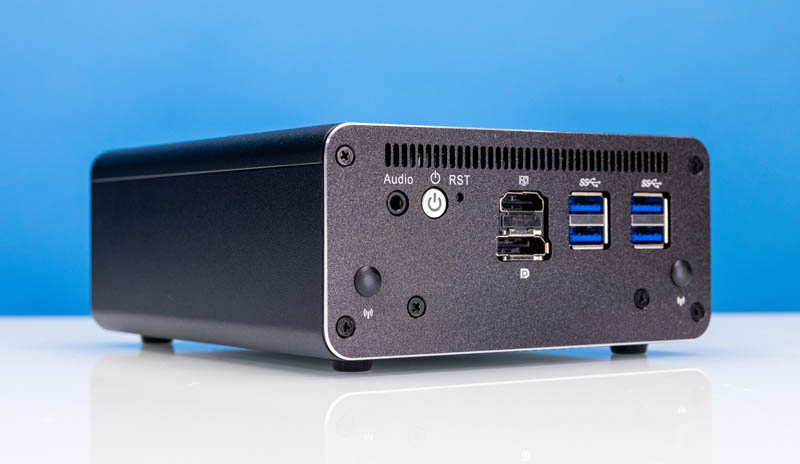
Here is the fan on top of the chassis that cools the CPU.
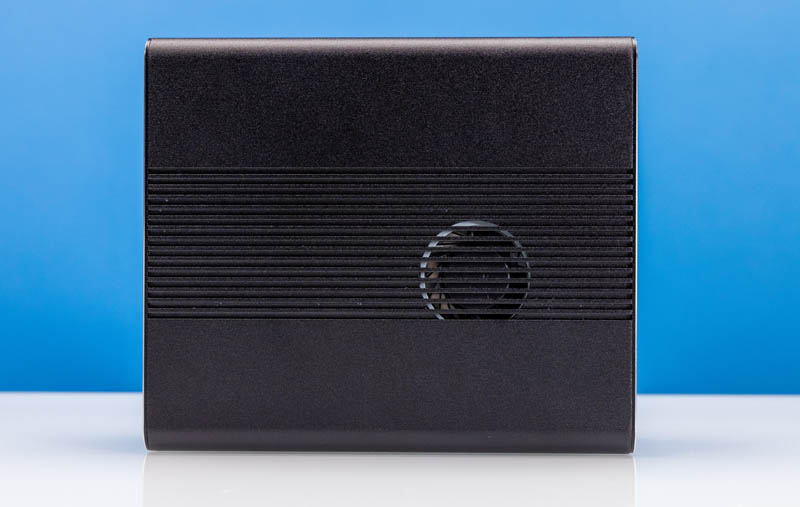
Here is the bottom of the chassis with rubber feet. Unlike some of the fanless units, this one does not have a removable bottom. Instead, one opens this from the end caps.
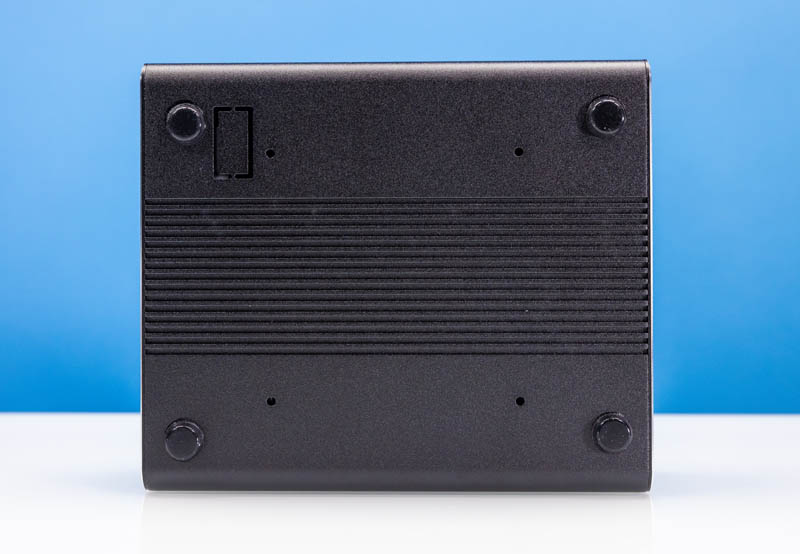
Next, let us get inside the unit.

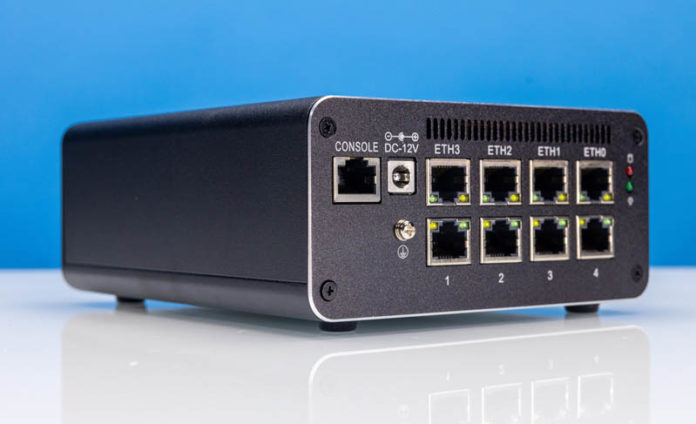



Recently a similar system that crashed with GeekBench 6 was reviewed. Since the crashes occur ar “different parts of the multi-threaded test” rather than always in the same place this is likely a hardware malfunction. Also, the hardware malfunction seems to result from the design as both the earlier and present units experienced the same instability.
My conclusion would be GeekBench 6 is more stressful than stress-ng and that the hardware is flawed.
Is it possible to underclock the i7 processor or memory to the point GeekBench 6 works?
New models with updated processor are avaible now. Considering how a core 10 series is doing, It would be interesting how a 12th or 13th gen would do.
But most importantly, this unit can have a LAN extension board, or a dual sfp+ extension board. Since the riser should be a PCIe2 4x, the maximum throughput of the riser should be of 2gbit/s per direction (correct me if I’m wrong and it is a newser PCIE version please, I don’t know for sure!). It means that should be almost ok to use both port for input/output in homes where the fiber arrive at 2.5gbit/s because it can do 4gbit/s in/out, because you lose 500mbit/s per direction. But what about using a 10gbit/s connection? Or all four 10gbit/s LAN ports?
It would be intresting a network test to see if this unit bottleneck!